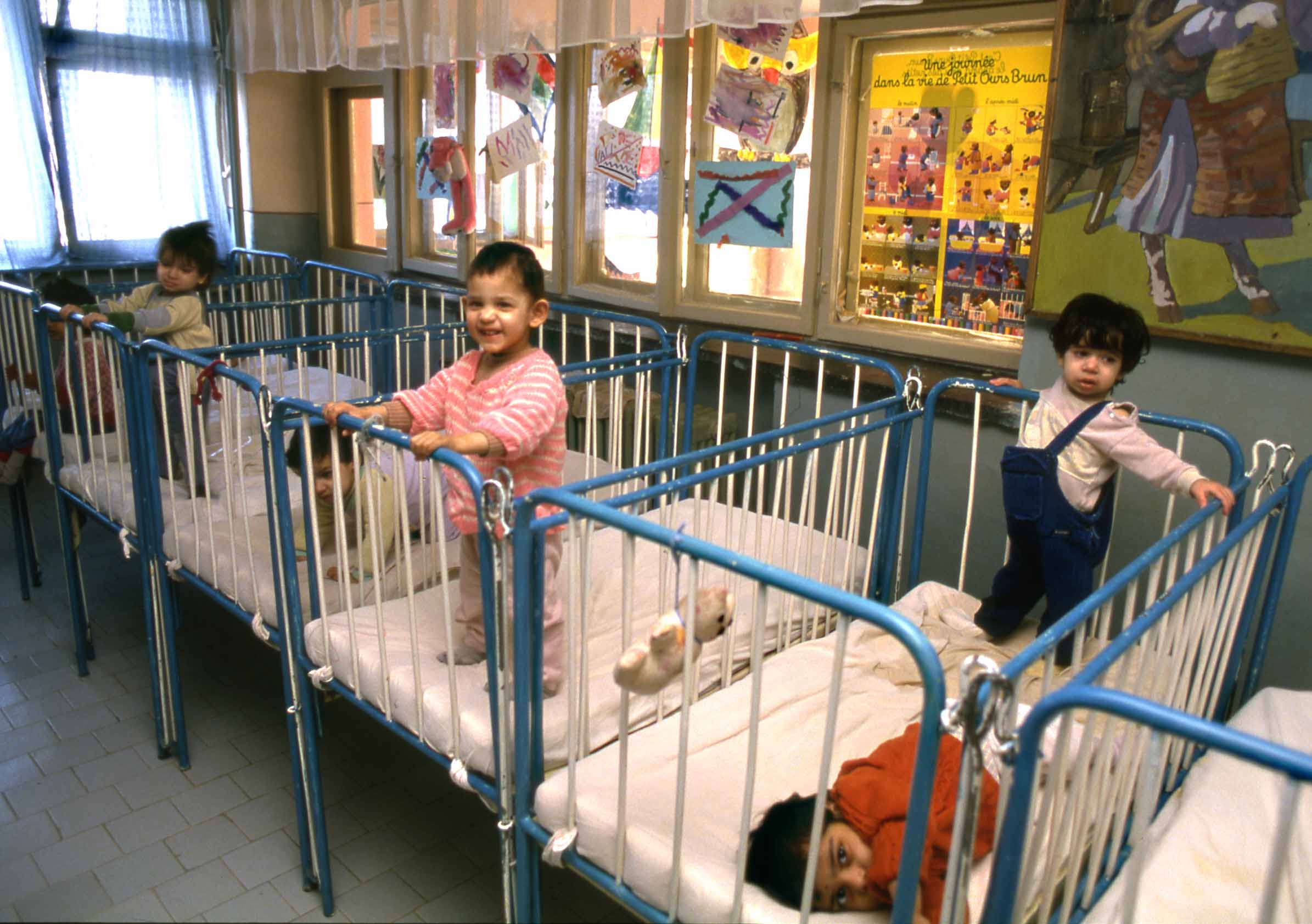What Americans Don’t Get About the Brain’s Critical Period
By Virginia Hughes | August 2, 2012 | 6 Comments
On April 17, 1997, Bill and Hillary Clinton organized a one-day meeting with a long and lofty title: The White House Conference on Early Childhood Development and Learning: What New Research on the Brain Tells Us About Our Youngest Children.
The meeting featured eight-minute presentations from experts in public policy, education and child development, and one neuroscientist. They discussed, among other things, how 6-month-old infants learn to discriminate the sounds of their native language, and how, if a kitten’s eye is patched during early development — and therefore deprived of light inputs — it will go permanently blind in that eye, even after the patch comes off.
Two studies published in the past week, for example, have shown that children who experience to severe neglect, abuse, or injury in childhood (even after age 3, by the way) have abnormal brain wiring when they hit adolescence.
The first report, published by Nelson and his colleagues in the Proceedings of the National Academy of Sciences, was part of a 12-year study tracking the fates of 136 Romanian orphans, some of whom were raised in state-run institutions and others in foster care families. Around age 8, children who grew up in institutions have less white matter, the tissue that links up different brain regions, compared with those raised in families, the study found.
This idea is bolstered by the second new study, published yesterday in Neuropsychopharmacology. Researchers in Texas scanned the brains of adolescents who had experienced neglect or abuse before age 10. These kids had weaker white matter tracts in adolescence compared with peers who didn’t experience early adversity. What’s more, the adolescents with deficits in brain connectivity were more likely to be dealing with depression or substance abuse five years later.

沒有留言:
發佈留言